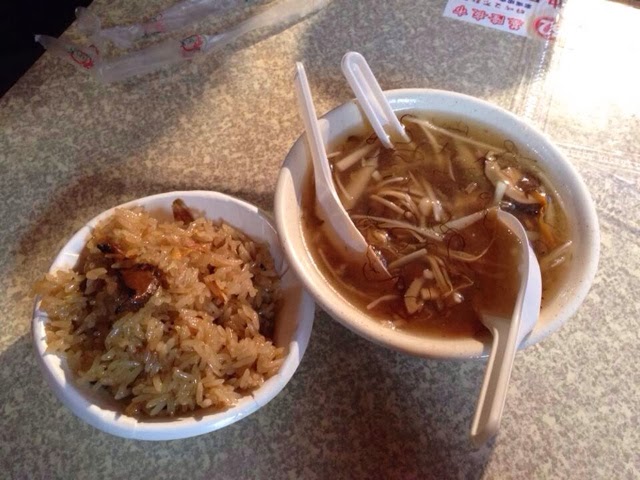There are at least one night market per a village, small or big.
I went to several of them, Shirin, Sida, Tamsui.. But the best was in Keelung!
Below are the street foods that I had in Taiwan.
Rouwan : pork & shrimp inside
Skewed meats of all sort.
Shuijiao
Pork soup
Steamed sticky rice & crab soup
Siangchang : sausages eat with raw garlic
Congzuobing : pancake will be the best but worst explanation. Hmm.. Kneat with flour, onion and leek, fry both sides, then poke on the every corner of it, then add egg or cheese or whatever you would like to !
Wrapped up Icecream + ground peanut taffy + cilantro




















































